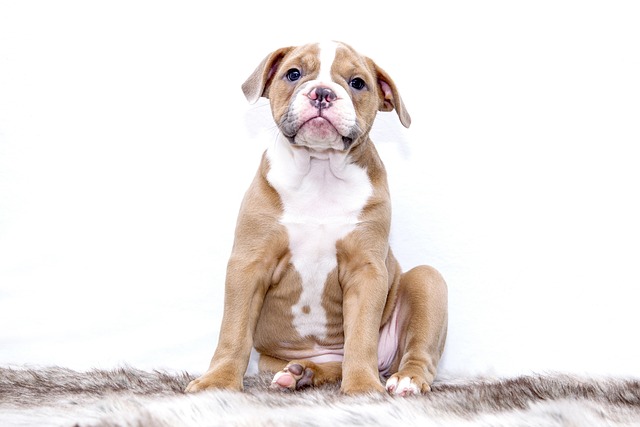
How can I tell if my dog's heatstroke is serious
Let’s be real: It’s a sticky August morning in Los Angeles, and you took your 2-year-old Golden Retriever, Max, for a walk a little later than usual
As the summer sun blazes in cities like Los Angeles or Miami, you might catch yourself eyeing your fluffy Saint Bernard panting heavily and wonder: Is it good to shave your dog's fur in summer? You're not alone—many new dog owners in the US grapple with this question, imagining a cool, buzz - cut pup frolicking happily in the heat. But the answer is more complex than it seems.
Dogs' fur isn't just a cozy coat; it's a sophisticated thermal - regulation system. Their double - coated breeds, like Huskies or Golden Retrievers, have an outer layer of guard hairs that repel water and block UV rays, while the undercoat provides insulation. In summer, this fur actually helps keep them cool by creating a buffer between their skin and the hot air, much like how wearing a light - colored jacket in the sun can be cooler than exposing your skin directly. Shaving removes this natural protection, leaving their skin vulnerable to sunburn, insect bites, and even heatstroke as it can no longer manage temperature efficiently.

If you're determined to help your dog beat the heat, there are better alternatives. Trimming the fur around their paws, belly, and groin area can provide some relief without sacrificing protection. Use blunt - ended pet shears, and be extremely cautious around sensitive areas. Start slowly and offer treats and praise throughout the process—positive reinforcement, a cornerstone of Western animal welfare, makes grooming a stress - free bonding experience. Another practical step is to keep your dog well - hydrated (remember, 50 - 100 milliliters of water per kilogram of body weight daily), provide shade during outdoor playtime, and schedule walks early in the morning or late in the evening when temperatures are cooler.
Beyond the biological implications, there are legal and cultural aspects to consider. In the US, ensuring your dog's vaccinations are current, especially rabies, is not only a legal requirement but also crucial for their overall health. A stressed or irritated dog due to improper grooming might be more prone to health issues. When it comes to community interactions, a dog with a shaved, uneven coat might feel self - conscious or anxious, which could lead to behavioral problems. If you live in an apartment, be mindful of noise regulations when using clippers, and always clean up any fur immediately to avoid triggering allergies in neighbors. And as always, clean up after your dog during walks to maintain good community relations.
Shaving your dog's fur in summer might seem like a quick fix, but it often does more harm than good. By understanding how their fur works, opting for gentle trims, and following proper pet - ownership practices, you can keep your furry friend comfortable and healthy all summer long.

Let’s be real: It’s a sticky August morning in Los Angeles, and you took your 2-year-old Golden Retriever, Max, for a walk a little later than usual

You're enjoying a summer afternoon at the park when you notice your dog has stopped panting and appears disoriented - their gums are bright red

Let’s paint the picture: You’re in your Denver apartment, watching your 4-year-old Boston Terrier, Ruby, plop down mid-play session with her favorite toy

Many dog owners notice their pets nails seem shorter after regular walks,but how much does this daily activity actually help?The answer depends on where you walk—concrete sidewalks or asphalt streets gently file nails as a dog's paws hit the ground

Most dog owners notice their pup scooting across the carpet at some point, but few connect it to impacted anal glands. These small sacs near a dog’s rectum secrete a scent for marking territory

Most vets agree that regular dog teeth cleaning is key to avoiding painful dental issues later. For healthy adult dogs, a professional cleaning at the vet’s office every 12 to 18 months usually works well.